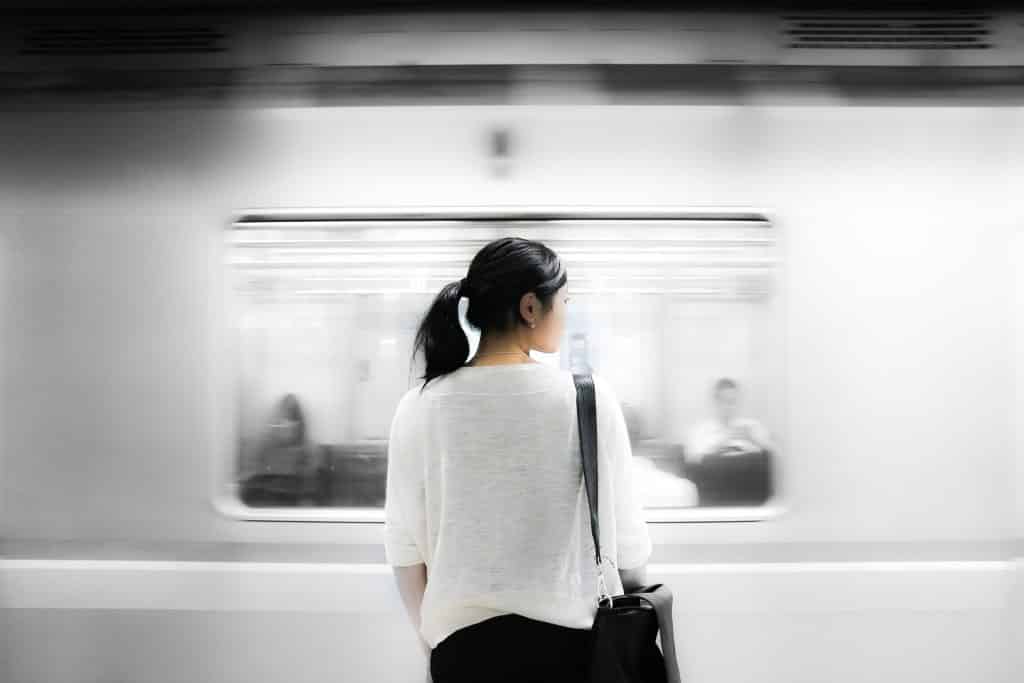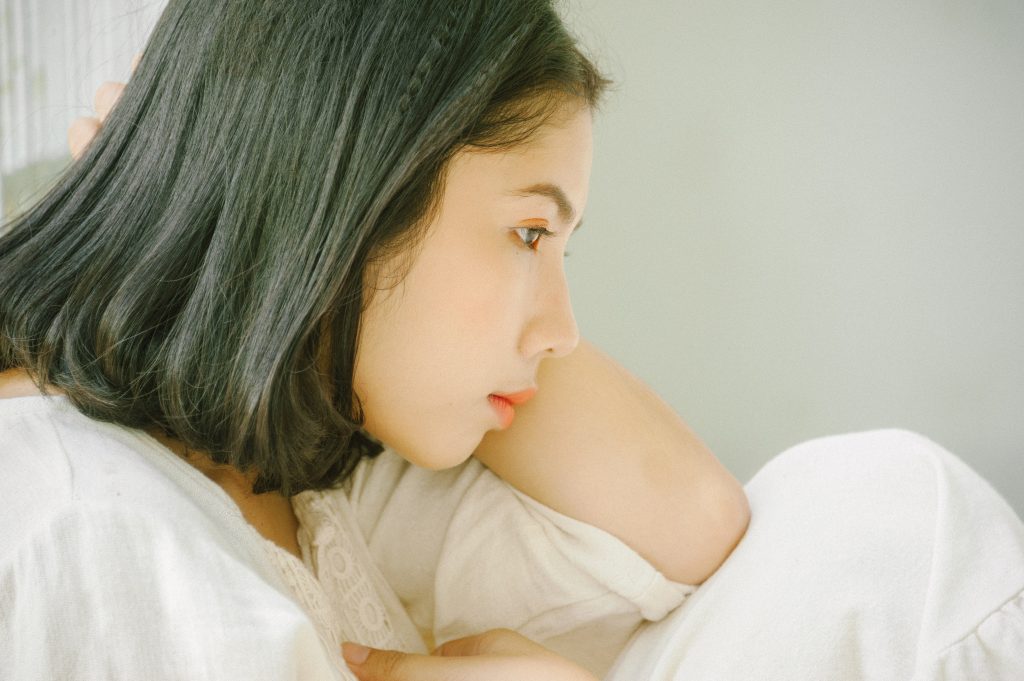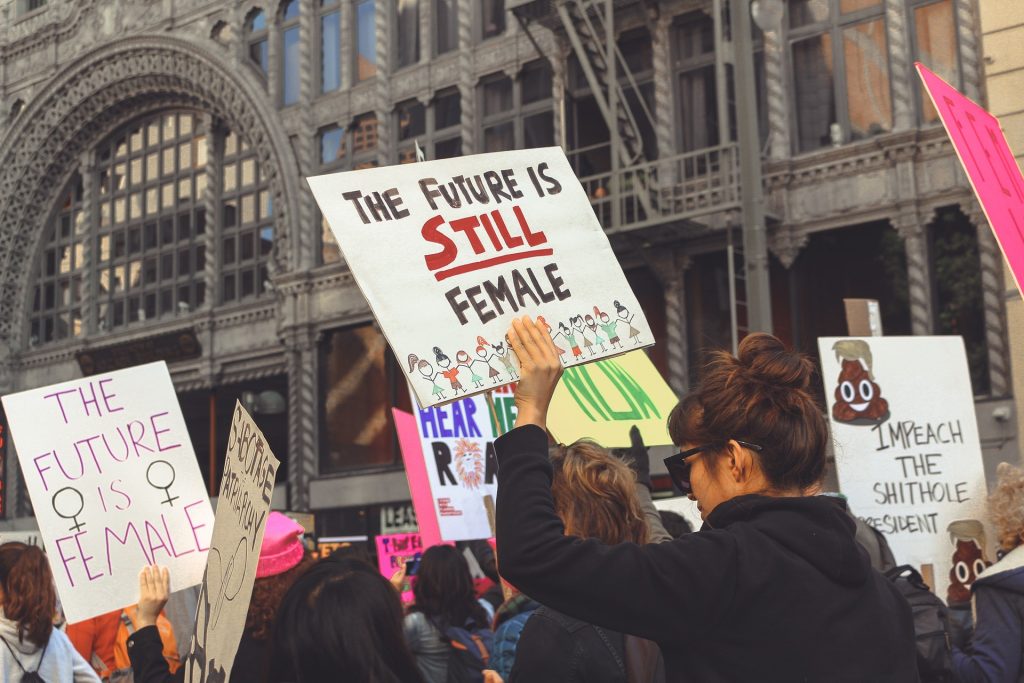Why Are Asian Women So Absent In The Women’s March? We’re Sick Of The Hypocrisy
The 2017 Women’s March drew in 500,000 to one million protestors in Washington alone, and in New York, over 400,000 women reportedly took part that year. This year, just 100,000 women marched in Washington and 25,000 in New York. In fact, participation rates for the Women’s March have fallen dramatically across the country.
Advocates of these movements and journalists have been scrambling for an explanation to reassure their audiences, claiming that dips in participation are normal in social justice movements. But of course, this doesn’t show the whole picture.

The truth is, gender equality movements have been struggling with image issues for a while now. In April 2018, a California Assemblywoman and prominent #MeToo activist was criticized after several sources accused her of saying, “I want to punch the next Asian person I see in the face,” during a meeting. A 2019 Women’s March in California was even cancelled over concerns of it being “overwhelmingly white.”
More recently, leaders of the women’s march have come under fire for allegedly expressing anti-semitic and anti-LGBTQ views. Several sponsors of the march, including the Democratic National Committee, have withdrawn their partnership with the movement following the scandals.
For a movement that’s so focused on equality and justice, many of their advocates seemed to have forgotten what they even stand for. It would appear diversity and acceptance are the missing pieces from this modern feminism movement, and clearly, it’s putting people off.

In college I took part in a student-run feminist documentary series after being asked to contribute to an episode on intersectional feminism. When I showed up on the day of filming, I was shocked to find that I was one of only two ethnic women there — the rest of the people in the episode were white women. These girls, who could never understand what racism feels like, began explaining the significance of intersectionality and the POC experience. “Do they just not understand the definition of intersectional feminism?” I thought to myself.
The experiences of women of color, and especially those who are survivors of assault, could never be summed up by a room full of white women. So why do they insist on speaking on behalf of us, instead of just letting us speak for ourselves?
A UC Berkeley study on “The Invisibility of Race in the #MeToo Movement” concluded the following:
“While much has changed in society about how we respond to claims of sexual harassment, much has also remained the same. Specifically, some women, particularly white women, within the feminist movement, still barely acknowledge or understand the unique, racialized and gendered harassment experiences that women of color face.”
Of course, to many women of color this won’t be groundbreaking news. If you’ve ever been involved in any large feminist organization, chances are you’ve experienced this exclusion and ignorance first hand.

In college, I met a female East Asian student who was a sexual assault survivor, and she taught me more about the women’s rights movement than any other person I’ve ever met. I knew her very well both before and after the assault – I was there when she shared her story for the first time and I was there when she reported the incident to the police and university officials; it is with her permission that I’m able to share her story now.
Over the period of a year, I saw with my own eyes what such a traumatic incident can do to a once very strong, optimistic woman. Within just days of reporting the assault, the details were spread throughout the entire class. My friend began receiving threats from strangers as well as people she had once trusted – most of these threats came from women who were strong supporters of #MeToo and #TimesUp. Eventually, she stopped showing up to lectures because she couldn’t bear to hear the whispers of rumors in the hallways and the looks of doubt. Some of the onlookers went as far as discussing whether this Asian woman was “rape-able” enough in the first place. As if this wasn’t bad enough, false rumors spread like wildfire and our classmates began sharing made-up stories that painted her to be a compulsive liar and a paranoid freak.
When she tried to defend herself against the gossip, they painted her out to be a threatening minority. Actually, that’s exactly the word they used, “threatening.” Women she barely knew began accusing her of physically and verbally attacking and threatening them. All this time, the actual sexual assault victim had no voice because a group of white women took advantage of the situation and hijacked the investigation to make it all about their own nonexistent victimhood.

Seeing this disaster unfold was almost like watching a competition of who can come up with the most creative lie to demonize an assault victim to get the most pity for themselves. My friend had no previous history of mental illnesses — she was optimistic and confident. After the rumors began circulating, she experienced her first panic attack and her doctor put her on anti-anxiety medication. Today, a year after all of this mess, she still relies on these meds to get her through the day and the frequent nightmares. Being forced to repress the trauma, frustrations and anger changed her as a person and it negatively impacted her health. She tried reaching out to several counselors and therapists but none of them seemed to understand that most of the damage came from the reactions of the women around her, not the actual assault itself.
The most ironic part of all of this is that our female classmates, the ones who exhibited the most anti-feminist and anti-girl power behaviors, are still banding together. They’re all still very vocal on social media about women’s rights issues, they are strong advocates of #MeToo, #TimesUp and the Women’s March and some of them have even produced research papers regarding the feminism movement.

I wanted to believe that my friend’s experiences were unique and that something like this wouldn’t happen to other women of color. But as time goes on, I keep meeting more and more ethnic women with identical experiences. The pattern goes like this: doubt, isolation and demonization. Another common ground these POC assault survivors shared was the inability to get justice or even closure. Their cases were shortly dropped due to insufficient evidence – possible witnesses refused to give statements, the police did not pursue things further and the news was broken to them over a simple, rude phone call in the middle of the day.
So, no, I don’t think participation rates for the women’s rights movements are falling because that’s just a common trend with social justice movements. There’s a reason why Women’s March turn outs have been overwhelmingly white and it certainly isn’t because women of color don’t care enough about female empowerment or gender equality. I think women of color, like myself and my friends, are absolutely exhausted. I get it, it’s important to be supportive no matter what and be patient. But how long can you dedicate yourself to a movement that doesn’t even listen to you? A movement that claims to be intersectional but fails to address problems concerning women of color? What about the over-sexualization and fetishization of minority ethnic women from a young age or the struggles of non-white women who are assault survivors?

How long can you relive and retell a trauma hoping that one day someone will actually pay attention? Every time I’ve raised these questions to my white peers, they’ve retaliated by saying, “well, that’s exactly why you need to be a part of the movement. Who else is going to tell us these things? If you don’t participate in the women’s rights movement then you’re the reason behind the lack of perspective.” But you see, it’s not. None of us signed up for this role as educators and women of color who are survivors of assault sure as hell didn’t ask for this added responsibility on top of their existing traumas.
Women of color have been screaming at the top of their lungs about the importance of intersectionality since the beginning of the modern feminist movement. How long and to what extent do we have to keep educating white women who casually turn a blind eye to ethnic assault survivors? If they still haven’t figured it out by now, they were never listening to begin with. Reporting an assault is not an easy task for any survivor and lack of support for victims applies to all genders and all races. However, Asian women, like other ethnic women, experience this struggle in a completely different way from their white counterparts. There’s more scrutiny, more doubt and general undertones of racism when discussing the crime itself. Not only do these women walk away with the trauma of assault but the trauma from the reporting process.

In all honesty, I don’t see this fall in participation as a problem, I see it as a very necessary wake up call. Heading in the direction it’s currently pointing towards, the women’s rights movement cannot succeed and it cannot grow because it prioritizes one group over another. I genuinely hope the Women’s March takes this time to seriously reconsider its shortcomings and hypocrisy, educate their supporters, reject false claims of objectivity and give Asian women and other women of color an equal voice.
The post Why Are Asian Women So Absent In The Women’s March? We’re Sick Of The Hypocrisy appeared first on NextShark.
✍ Source : ☕ NextShark
To continue reading click link or copy to web server. :
(✿◠‿◠)✌ Mukah Pages : 👍 Making Social Media Marketing Make Easy Through Internet Auto-Post System. Enjoy reading and don't forget to 👍 Like & 💕 Share!



















Post a Comment